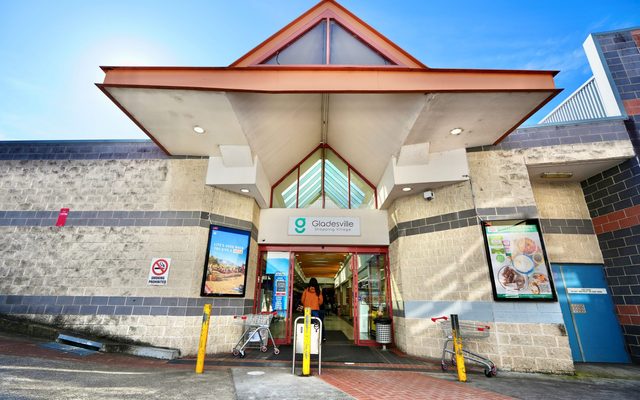This article is from the Australian Property Journal archive
THE New South Wales government’s decision to halve land tax for build-to-rent projects has been welcomed by industry bodies, which expect the move to “turbo charge” the housing sector and ease affordability concerns in the state.
Also tabled in Parliament new Housing Diversity SEPP intended to provide more housing options, greater surety for renters, boost construction and support jobs during the COVID-19 recovery.
The build-to-rent discount will be equivalent to at least a 50% reduction in land tax, dependent on the unimproved land value, and apply to projects of at least 50 units in the metropolitan region – a different threshold for regional areas will be considered – and those managed under unified ownership, that include options for longer leases, and on which construction commences from the beginning of July this year.
NSW Treasurer Dominic Perrottet and Planning and Public Spaces Minister Rob Stokes said the tax cut would encourage build-to-rent developments by ensuring they were subject to similar overall amounts of state tax as comparable build-to-sell developments.
“Build-to-rent is popular overseas but still in its infancy in Australia, and we want to remove barriers and allow this segment of the market to grow,” Perrottet said.
“Renters benefit through greater choice and because the focus is placed on them, rather than just geared towards property owners, it has an added benefit of encouraging better quality rental properties and much longer-term leases.
“This will provide further confidence, boost the housing construction industry, create more options for investors and builders of developments and ultimately more housing options and security for tenants.”
The discount will last until 2040 and An exemption from foreign investor surcharges will also be provided for that timeframe for build to rent developers. Offshore institutional investors funding including private equity, sovereign wealth funds, pension funds and insurance groups account for more than half of the 10,000 unit pipeline, according to a recent CBRE report.
The sector has surpassed a major milestone of 11,000 units nationally, and CBRE says that with the yield gap between commercial office and residential narrowing, the relative attractiveness of build-to-rent investments is growing, given its innate defensive characteristics.
Among the newest projects in NSW are Oxford Properties’ tower on the southern portion of the Sydney Metro Pitt St over station development that will have 234 apartments, and for which plans were lodged two months ago.
Mirvac is currently leased its first build-to-rent project, LIV Indigo at Sydney Olympic Park, one of the first large scale developments of its type in Australia.
Full eligibility criteria for the discount will be set out in the coming weeks.
UDIA NSW chief executive officer, Steve Mann said the announcement would help turbocharge the housing sector with an emerging new asset class.
“This is important reform to combat the affordability challenges in Sydney where increasing proportions of the population are likely to be life-long renters,” Mann said.
Housing in NSW remains the least affordable by some distance the most expensive of the states and territories. At the end of the March quarter, the proportion of income required to meet loan repayments was 42.5%, 7.8% higher than the nation’s average. Renting is the second-most expensive in the country, with 27.5% of income needed to cover rental.
Urban Taskforce CEO Tom Forrest said the new approach to would deliver increased investment into purpose built rental housing and drive prices down.
“The number one reason why property prices in Sydney are so high is the of a lack of supply. This applies to the rental market as well as the sales market for houses and apartments.
“Today’s announcement will result in greater investment and more supply.”
Mann said build-to-rent offers a diversification of rental housing stock where the key advantages for consumers, is the ability to secure long term leases and having custom built, high quality common areas.
He added the discount would assist with the viability of build-to-rent projects, and help deliver large volumes of affordable housing as seen in the UK and US – where only 15% of the build to rent product is in the premium market.
Build-to-rent has been a mainstream asset class in Europe and the US for some time, and has emerged in the UK the over the last five years with a 600% increase from the 23,000 build to rent units recorded in the December quarter of 2013, at an average annual growth rate of 45%.
“Developers and building owners will also benefit through effectively diversifying their portfolios to provide non-cyclical alternatives,” Mann said.
It was just three years ago when industry leaders speaking at an Australian Property Institute conference said the BTR market could be a “real game changer”.
On release of the report, CBRE said governments across local, state and federal levels are yet to pull any meaningful policy levers to support and accelerate the development of the sector, aside from Victoria taking initial steps by supporting the fast tracking of approvals, with NSW expected to follow. The Queensland government has just moved forward with its build-to-rent pilot project, taking proposals from the private sector to deliver a planned 750 dwellings.




